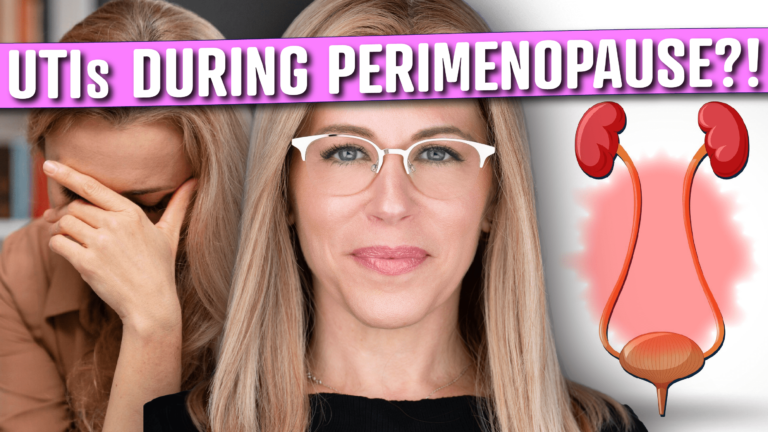Sexual desire, or libido, is a deeply personal aspect of health and relationships. When partners have mismatched libidos, it can create tension and misunderstandings. If you find yourself with a higher libido than your partner, understanding what libido is and how it functions is key to managing the situation with compassion and balance. Here, we explore the nature of libido, its causes, and strategies for navigating the dynamics of a high sex drive using the latest trends in holistic health.
What is Libido?
Libido is the term used to describe a person’s sexual drive or desire for sexual activity. It’s a complex interplay of biological, psychological, and social factors. Libido isn’t static; it can fluctuate throughout life due to stress levels, hormonal changes, relationship dynamics, and lifestyle choices. In a healthy relationship, both partners ideally have a compatible sexual drive. However, when libido levels differ, it’s important to approach the situation with understanding and effective strategies.
Causes of a High Sex Drive
I. Hormonal Influences
A higher sex drive can often be traced back to elevated hormone levels, especially testosterone. Life stages like puberty, pregnancy, or even certain phases of the menstrual cycle can trigger an increase in sexual desire. Some individuals naturally have higher baseline levels of these hormones, which can result in consistently high libido.
II. Positive Emotional or Psychological States
High libido can also be linked to feeling emotionally fulfilled, confident, or deeply connected in a relationship. Interestingly, some people may experience heightened sexual desire as a way of coping with stress or anxiety, using sexual activity as a release or distraction.
Causes of a Low Sex Drive
I. Stress and Mental Health
On the other end of the spectrum, chronic stress, anxiety, or mental health challenges like depression can significantly reduce sexual desire. When the mind is preoccupied with worry or fatigue, it’s difficult to find space for intimacy.
II. Hormonal Changes and Health Conditions
Conditions such as menopause, hypothyroidism, or low testosterone can lead to reduced libido. Certain medications, including some antidepressants, can also lower sexual drive as a side effect. Recognizing these underlying factors can help in finding solutions that support a healthier balance.
How to Decrease Your Sex Drive When It’s Causing Problems
If a high libido is causing tension or discomfort within your relationship, consider the following holistic strategies:
I. Practice Mindfulness and Meditation
Techniques like mindfulness meditation, breathwork, and guided imagery are proven methods to calm the mind and create a sense of emotional balance. These practices can help you develop greater control over your desires, aligning your sexual energy with your overall mental and emotional well-being.
II. Channel your Passion and Energy into Physical Activity
Engaging in regular high intensity exercise, whether it’s HIIT, yoga, running, or strength training, is an effective way to redirect excess sexual energy. Physical activity not only reduces stress but also stabilizes your mood and energy levels, bringing a sense of balance that can help manage high libido.
Making the Most of a High Libido
Rather than viewing a high sex drive as solely problematic, there are ways to channel this energy constructively, both within and outside your relationship:
I. Explore Creative Intimacy
High libido can be an opportunity to deepen your connection with your partner. You can explore practices like tantric exercises, sensual massage, or other forms of intimacy that emphasize connection and communication. These activities can help bridge the gap when full sexual engagement isn’t mutually desired.
II. Focus on Personal Growth and Self-Care
Use your energy to invest in hobbies, fitness, or personal goals that require discipline and creativity. High libido often correlates with high energy levels, so directing that energy toward positive outlets can be empowering and fulfilling.
Final Thoughts
Balancing libido differences requires open communication, empathy, and a willingness to explore new ways of connecting both physically and emotionally. By adopting a holistic approach that considers both mental and physical well-being, you can create a more harmonious dynamic with your partner, even when your sexual drives don’t perfectly align. Taking advantage of modern wellness practices and focusing on mindfulness can help you turn challenges into opportunities for growth and deeper connection.





